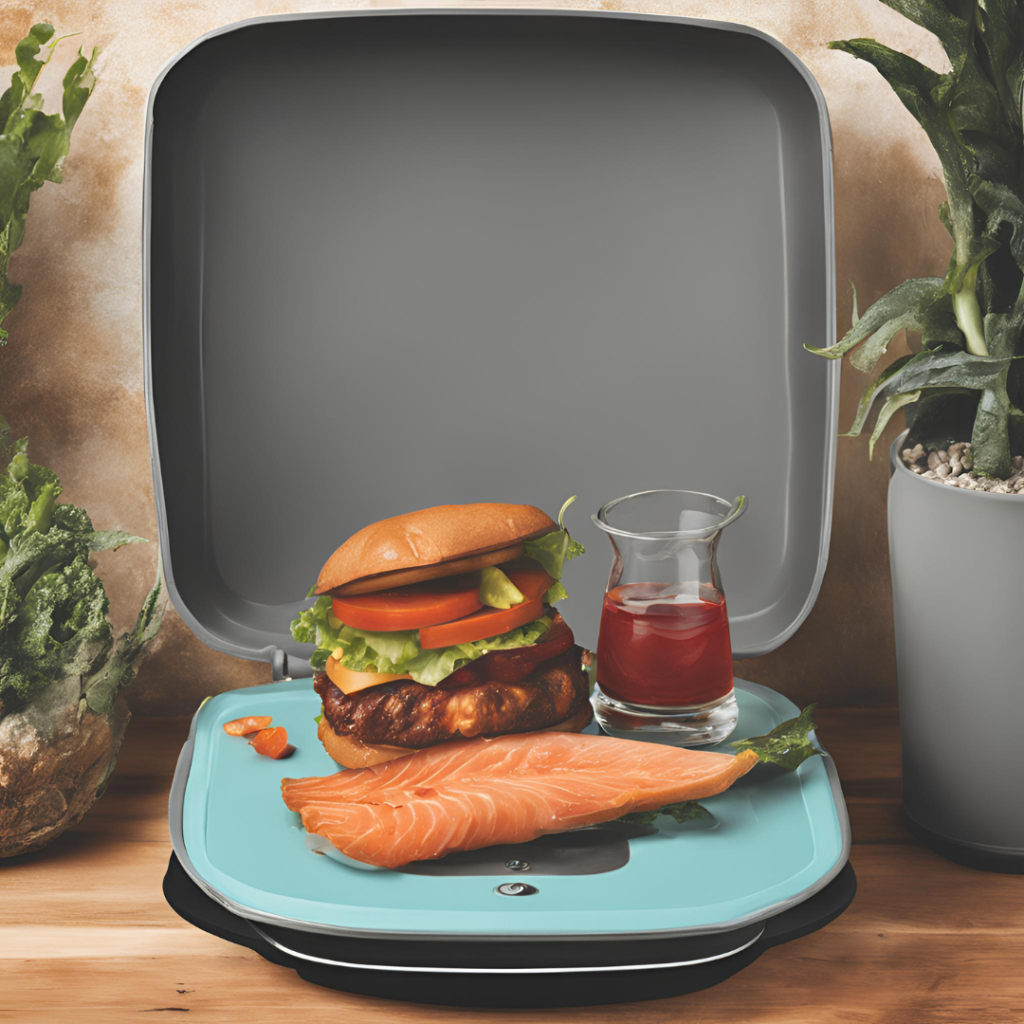Physical Address
304 North Cardinal St.
Dorchester Center, MA 02124
Physical Address
304 North Cardinal St.
Dorchester Center, MA 02124

The scale won’t budge, even though you’re eating less? You’re not alone—and it’s not your fault. Let’s uncover the surprising reasons your efforts aren’t working (and how to finally see results).
You’ve swapped pizza for salads, said no to dessert, and tracked every calorie. Yet, your jeans still feel tight, and the scale mocks your efforts. Sound familiar?
Here’s the truth: “calories in vs. calories out” is a myth for millions of people. Emerging research reveals that weight loss is far more complex than simple math. Hidden factors—from hormonal chaos to adaptive thermogenesis—can sabotage even the strictest diets.
In this article, we’ll explore why you’re not losing weight despite eating less and provide actionable, science-backed solutions. Whether you’re battling a plateau or unexplained gain, you’ll leave with tools to rewrite your weight-loss story.

Cutting calories triggers your body’s survival instincts. Think of it like a smart thermostat: when you eat less, your metabolism slows to conserve energy—a process called adaptive thermogenesis.
Actionable Fix:
You’re logging 1,200 calories daily but not losing weight? Common tracking errors explain why:
Case Study:
Sarah thought she ate 1,400 calories daily. After weighing food and tracking oils, she discovered she’d underestimated by 400 calories.
Solution:
High estrogen levels—common in perimenopause or from plastics—cause water retention and fat storage.
Signs You’re Affected:
Fix It:
Many doctors only test TSH, missing subclinical hypothyroidism.
Demand These Tests:
Certain gut bacteria extract 10% more calories from food. Obese individuals often have more Firmicutes bacteria, which are ultra-efficient calorie harvesters.
Gut Reset Plan:
Poor sleep elevates cortisol, triggering fat storage—especially around the belly.
The 4-7-8 Fix:
Muscle gain, reduced inflammation, and better sleep matter more than pounds.
Track These Instead:
Weight plateaus aren’t failures—they’re clues. Instead of eating less, try thinking differently. Test your thyroid, prioritize sleep, and feed your gut microbiome.
Your Next Steps: